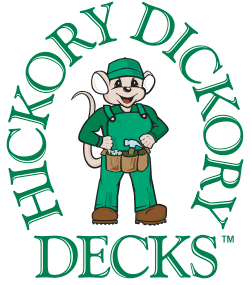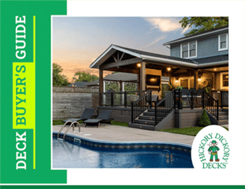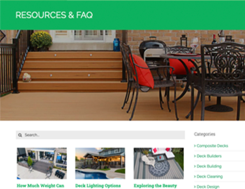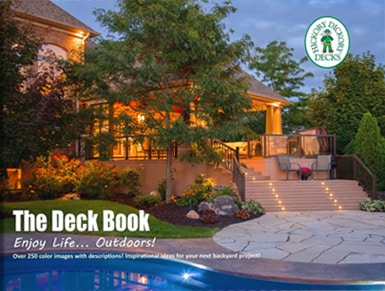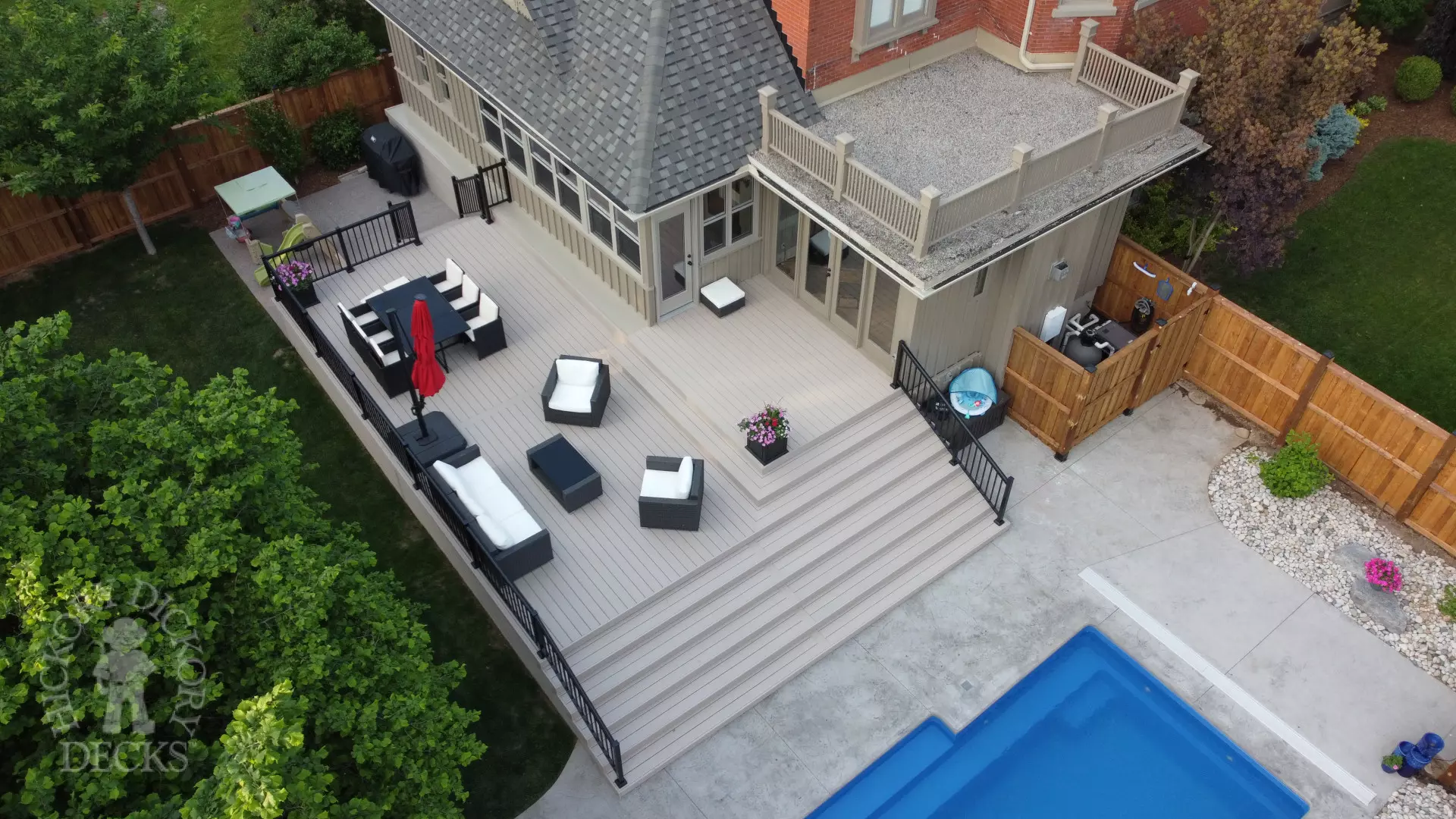
Choosing the Best Deck Materials for Rural Ontario — Durability & Maintenance Guide
Living on a rural Ontario property can have advantages, but it also presents unique challenges regarding deck durability and maintenance.
Here, we have a focused, practical comparison you can use to choose decking that will survive Ontario winters, sweltering summers, insects, and the realities of rural life. We’ll cover the pros/cons of each decking option, how long each option can expect to last in Ontario, maintenance you should plan for, and recommendations.
Lowest-maintenance / longest-lasting: Capped composites or PVC decking.
Expect 25+ years (often 25–50) with minimal seasonal care; these resist rot, insects, and freeze–thaw stress better than raw wood.
Lowest Cost: Pressure-treated wood (if appropriately built and well-maintained)
Short-to-mid term life. Typically, 10 years a lower initial cost, though with ongoing maintenance, a pressure-treated deck will likely cost more in the long run.
Long potential life/premium look: Tropical hardwoods.
Tropical hardwoods such as Ipe will provide longevity but have high material and installation costs.
Ontario rural-specific factors to consider
- Freeze–thaw and heavy snow: Repeated freeze-thaw cycles and heavy snow loads (including lake-effect snow) increased the risk to decking materials.
- Moisture + rot + insects: rural areas often have more vegetation, shade, and ground moisture. Avoid untreated wood in wet areas. Use pressure-treated or rot-resistant species if you choose wood.
- Access & upkeep realities: Living in a rural Ontario community might mean you’re far from suppliers or trades. Consider your access to supplies before making your decking decisions.
- Permits & code: Many Ontario municipalities require permits, so plan for the extra cost of permit drawings and inspections. The design of your deck will also depend on any septic system or cistern.
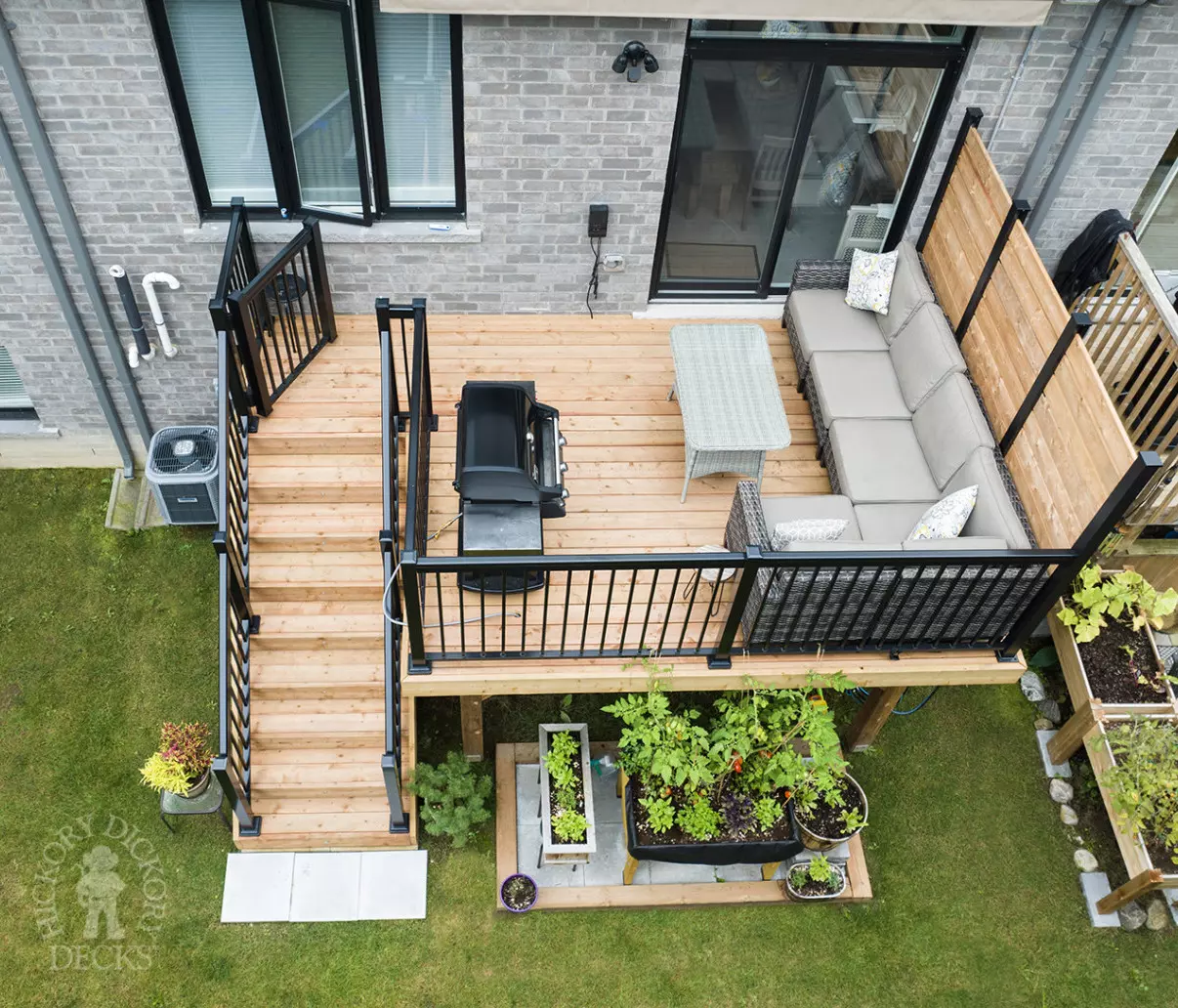
Material-by-material comparison (durability, maintenance, pros & cons)
1) PVC / Vinyl decking
- Durability: Very good — fully synthetic, resists moisture and mold; many products have extended warranties (50+ years).
- Maintenance: Very low — occasional washing; no sealing/staining.
- Weaknesses: Higher material cost. Heat and cold can cause more visible expansion/contraction.
- Best for: Shaded, high-moisture sites and owners who want a low-maintenance deck.
2) Capped Composite
- Durability: Excellent — capped composite is engineered to resist rot, insect attack, and moisture. Many manufacturers of capped composite decking have 25+ year warranties.
- Maintenance: Low annual or biannual cleaning with soap, water, or composite cleaner. No staining or sealing.
- Weaknesses: It can get hot in direct sun (depending on colour); it is more expensive upfront than pressure-treated wood.
- Best for: Rural homeowners who want a wood-look and minimal seasonal work.
3) Pressure-treated softwood (pine, spruce)
- Durability: Fair when installed correctly. The typical service life ≈ is 10–15 years, depending on exposure and maintenance.
- Maintenance: To extend the deck’s life, it should be inspected, cleaned, and re-sealed/stained every 1–3 years. It should also ensure good drainage and airflow under the deck.
- Weaknesses: Will eventually need replacement boards; can warp/split; susceptible to rot if water is trapped.
- Best for: Lower budget builds; owners willing to do seasonal maintenance or who like the authentic wood look.
4) Cedar
- Durability: Naturally rot-resistant (better than untreated softwoods. Moderate lifespan (more extended than untreated pine but shorter than top composites).
- Maintenance: Needs periodic oiling/sealing to maintain colour and resist weathering.
- Best for: Rustic aesthetic, natural insect/rot resistance if you accept more maintenance than composites.
5) Tropical hardwoods (Ipe)
- Durability: Excellent. It is incredibly dense and long-lasting (30+ years with care). It is also very rot/insect resistant.
- Maintenance: It needs oiling to maintain its colour (otherwise a silver-grey patina) and careful fastening. Yearly maintenance will drive the overall cost of this option higher.
- Weaknesses: High cost, sustainability considerations, and may require special fasteners and pre-drilling.
Final recommendation
For rural Ontario properties, composite or PVC material is recommended for your deck unless you have a tight budget and are prepared to maintain wood.
Why: they tolerate repetitive freeze–thaw and heavy snow and resist rot and insects. Building a deck in the rural areas of Ontario can present unique challenges. With low-maintenance products such as composites and PVC, you will ensure that you only have to build it once.
